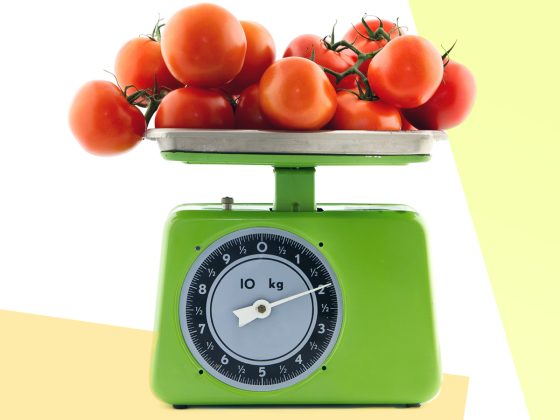
Learning at the Store
Pass the time while waiting in line with games that encourage learning and patience.
Waiting in line can seem endless. Make it an opportunity for learning, and the time may go a little faster! Find and point to items that match the color of clothing kids are wearing. Count other people in line, subtracting one person each time someone checks out. Praise kids for their patience.
And adding a little math to a trip to the grocery store doesn’t have to take extra time. It can help engage kids as you both pass the time!
- Make a numbered shopping list: For example, you might write, “4 apples, 2 containers of yogurt, 12 eggs.” As you shop for these items, count aloud.
- Group items as you go: As you pass different displays, talk about how the items are organized. Talk about how you might group things by color, size, or weight. Which items would go together?
- Use math to involve kids: Ask them to pick out two items while you pick out three. Put all the items into one bag. Then say, for example, “I put in three and you put in two. How many did we gather all together?” Count together to find out.
- Predict: Before you weigh your fruits and veggies, ask your child to predict which item will be heavier. Will a watermelon weigh more than a lemon? Why or why not? Then place your items on the scale. What number does the arrow point to? That’s the item’s weight! Test more predictions: try using items that are close in size, such as an orange and an apple.

The Power of Following Children’s Lead
Joining children in their play offers so many opportunities to encourage, communicate, bond, spark and share joy, teach, show warmth and kindness, and help them thrive.
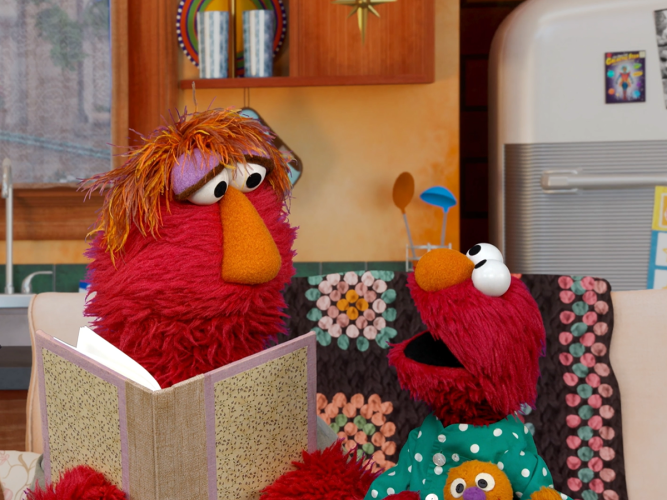
Go To Sleep, Elmo!
Handling a middle-of-the-night monster moment.
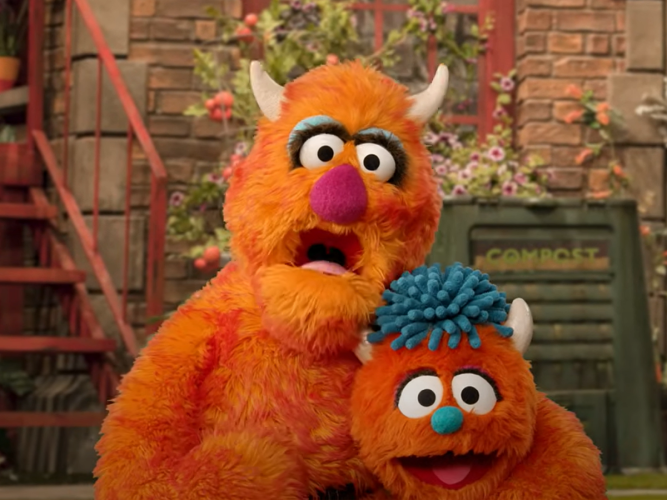
Monster Meltdown
Meltdowns happen… but they are somewhat predictable! As you try to handle them, curiosity and patience go a long way.
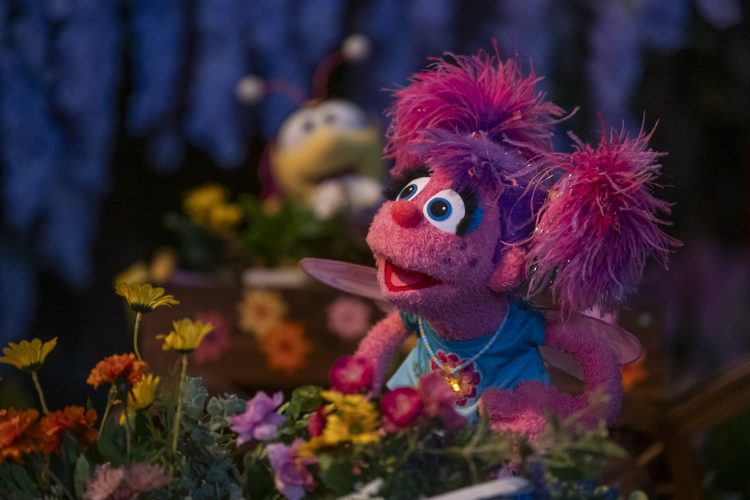
Watch and Play: Abby's Magical Beasties
Watch this episode and explore ways to extend the learning at home.
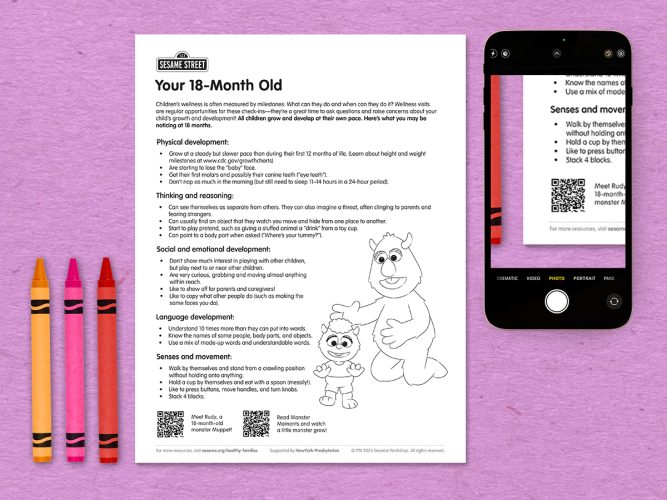
Milestones: Your 18-Month Old
All children grow and develop at their own pace; use this chart to guide your expectations and observations so you can talk to your child’s pediatrician about questions or concerns.
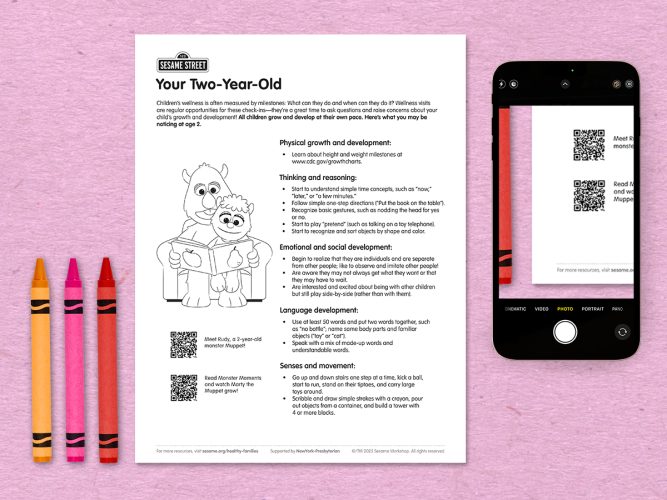
Milestones: Your Two-Year-Old
All children grow and develop at their own pace; use this chart to guide your expectations and observations so you can talk to your child’s pediatrician about questions or concerns.
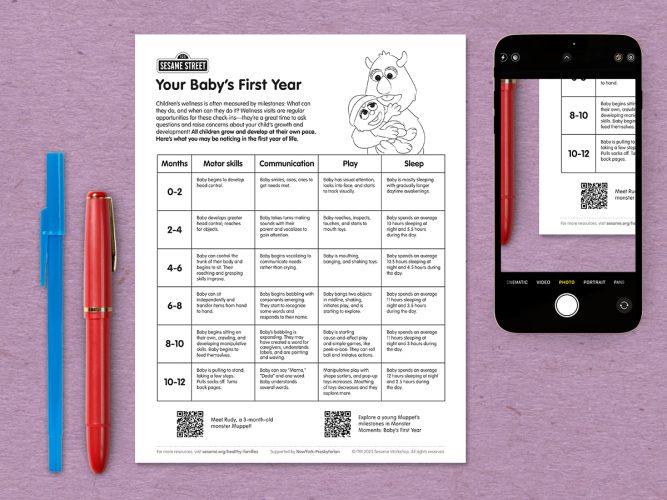
Milestones: Your Baby’s First Year
All children grow and develop at their own pace; use this chart to guide your expectations and observations so you can talk to your child’s pediatrician about questions or concerns.
